Developing Generative AI Applications: Top 5 Essential Tools/Technologies
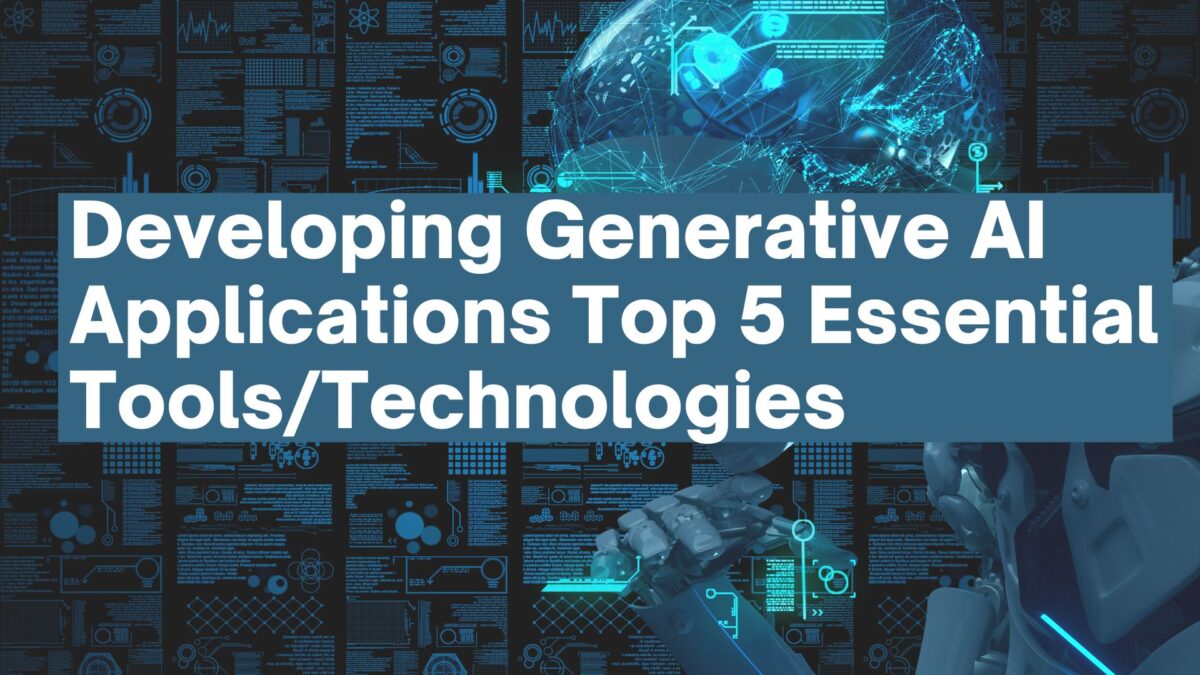
Introduction
Generative AI is a tool designed to Generate content like Images, Text, Music, Code, etc. This work uses an algorithm that learns patterns from previous or existing data and then Creates new outputs. Generative AI is typically based on Machine Learning, techniques, and Deep Learning.
Applications Of Generative AI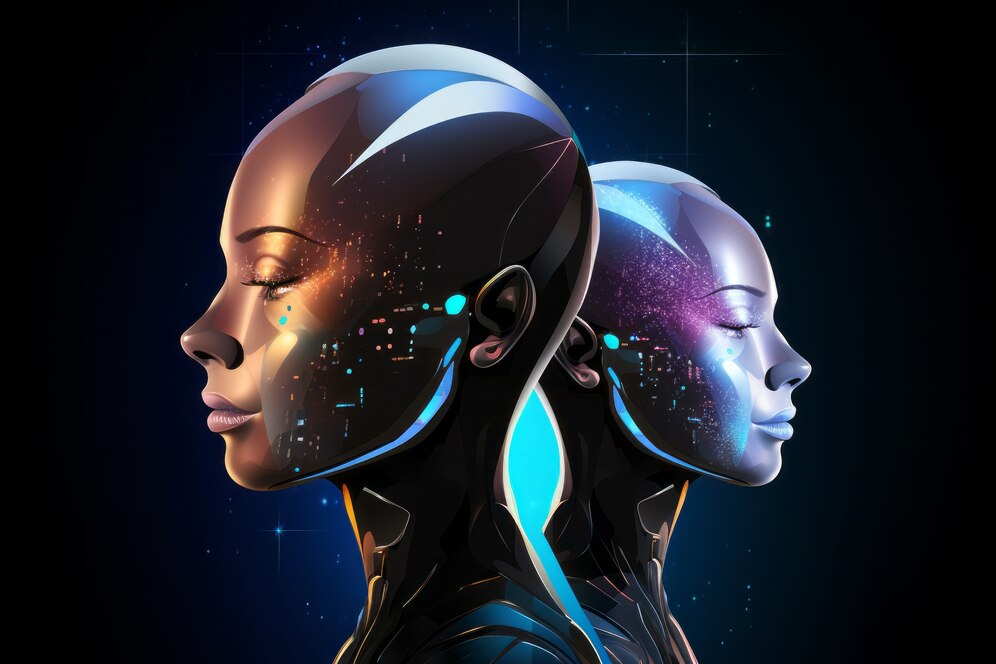
Generative AI applications have made our lives easy, let’s find out what the applications of Generative AI are:-
Content Creation: From Creating a report to creating a blog AI Tool can do it in Seconds.
Art and Design: Crafting a design that is complex or crafting animation photos or video is very complex but the Generative AI tools make Complex things easy.
Entertainment: Difficulty in making gaming content or video content Generative AI tools can create it with light speed.
Healthcare: Facing Problems with Medical Data for research and training purposes ask Generative AI.
Education: Creating personalized learning materials and interactive educational content.
5 Tools/Technologies for Developing Generative AI Applications
1. TensorFlow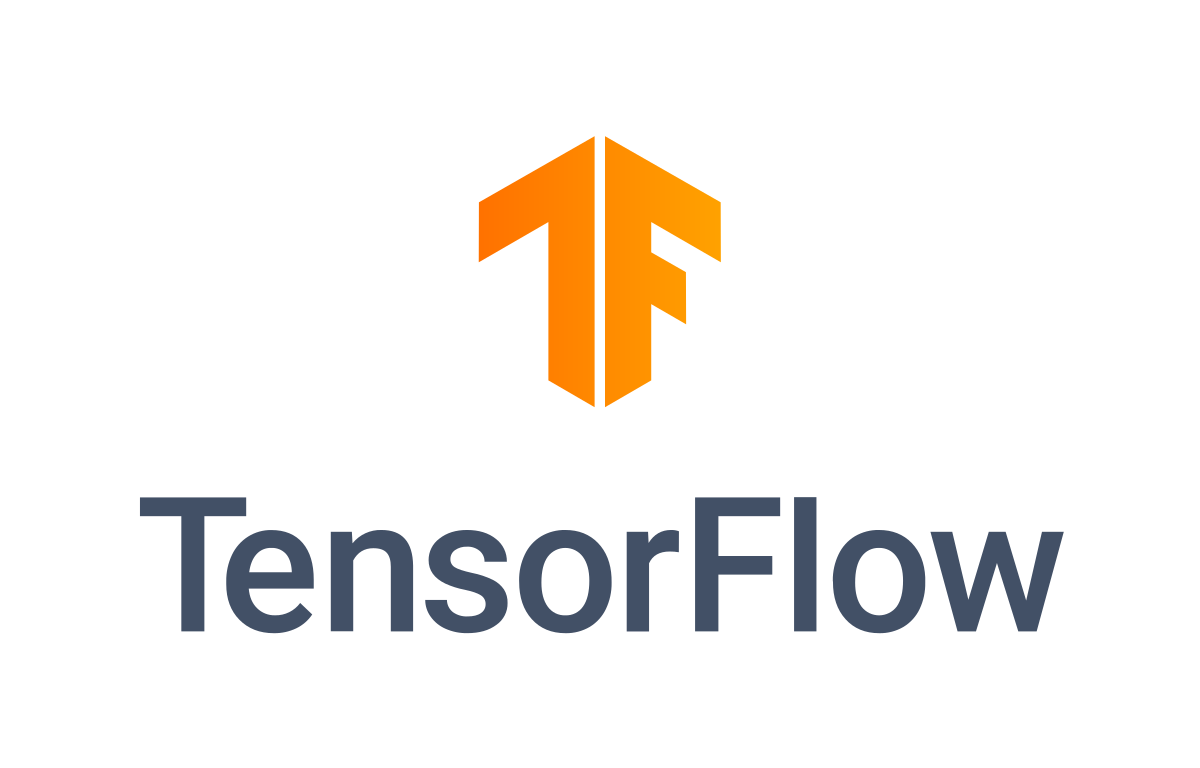
Overview
TensorFlow is a platform that creates machine learning models for desktop, mobile, cloud, and web. It is a free software, that is focused on training and inference of deep neural networks. It is developed by Google Brain for Google’s Internal use it is based on Python programming language.
Key Features
Easily Trainable: The TensorFlow platform can be trained by CPU and GPU there is no need for any other specific components
Large Community: The tensorFlow platform is developed by Google and in Google there is a large number of employees of software development engineers which makes it easy to use.
Flexible Architecture: TensorFlow can be implemented on every platform including, desktop, server, and mobile.
TensorFlow Hub: pre-trained models that can be fine-tuned or adapted to any other generative AI tasks are also provided.
Use Cases
Image Generation: TensorFlow can easily generate an image. The Application is also used for face recognition, image search, motion detection, machine vision, and photo clustering.
Text Generation: Creating Content for blogging or writing an article or letter this tool can make
AI-generated applications that can easily do it.
Music Composition: TensorFlow can be used to create models that produce brand-new compositions of music.
Benefits and Challenges
Benefits:
Scalability: TensorFlow supports all scales of the Systems which makes it ideal for small-scale production as well as large-scale production rollouts.
Community Support: There is a large open-source community of developers and researchers who are involved in the development of TensorFlow and tremendous resources are available along with the libraries in the form of documents, blogs, and videos.
Challenges:
Complexity: TensorFlow API offers great features that cannot be operated by normal users.
Resource Intensive: While it is easy to use, training large models with TensorFlow can be computationally intensive, especially for firms with limited resources.
2. PyTorch
Overview
PyTorch is also based on Machine Learning which is Developed by Meta AI.t is used for applications such as computer vision, and natural level processing; it uses TorchScript, which provides ease of use and flexibility in Eager mode.
Key Features
Dynamic Computation Graph: PyTorch consists of the dynamic graph feature whereby changes can be made which leads to debugging and therefore experimenting is made easier.
Extensive Libraries: PyTorch gets TorchVision libraries for image treatment and TorchText libraries for text treatment.
Community and Support: PyTorch is made by Meta AI which has a solid community, they have data available in writing as well as in video which makes it easy for developers.
High Performance: Luckily, PyTorch can work with GPU which will benefit the generative AI when the project scales up.
Use Cases
Natural Language Processing (NLP): From Siri to Google Translate, deep neural networks have achieved breakthroughs in understanding natural language.
Voice Synthesis: Models that can be built using PyTorch are the WaveNet-like models that help in synthesizing realistic speech. This application is necessary for building furthermore likable and natural-sounding voice agents and enhancing assistive technologies.
Research: PyTorch is also popular for Research because of easy to use, and rapid prototyping features.
Benefits and Challenges
Benefits:
Flexibility: PyTorch is a flexible library since it uses dynamic computation graphs instead of static computation graphs by making the creation of the computation graphs part of the program.
User-Friendly: The usage of PyTorch is easily noticed and well-planned; in addition, it is suitable for both entry-level and professionals.
Challenges:
Documentation Variability: Currently, PyTorch has vast documentation in place, although there may be a problem of quantity and quality that may cause or add to the challenge of locating specific information.
Community Fragmentation: Another disadvantage of using PyTorch is that there is a separation between the PyTorch and the TensorFlow users, which leads to the availability of so many resources and support that sometimes they can be confusing.
3. GANs (Generative Adversarial Networks)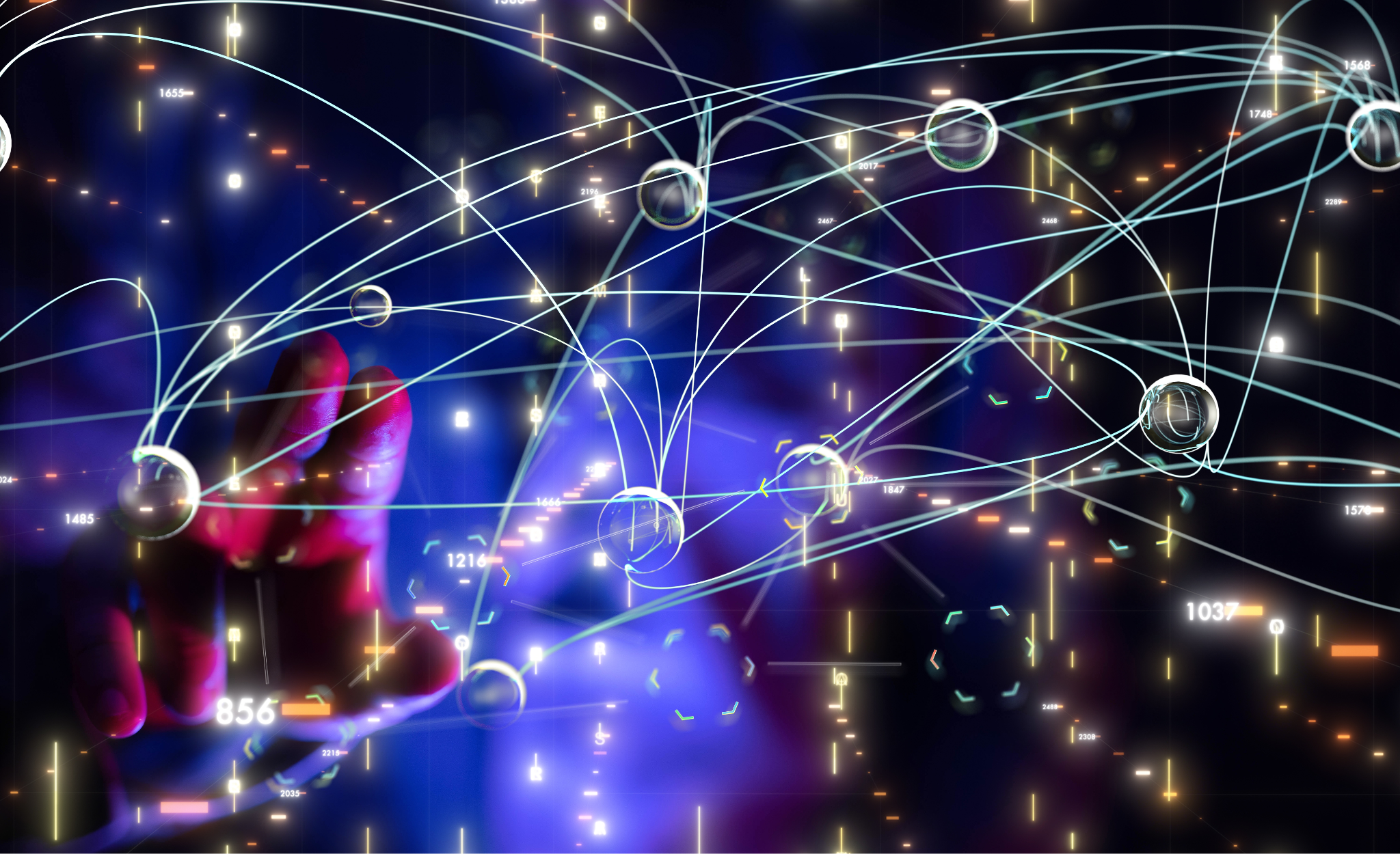
Overview
GANs are a new form of artificial intelligence algorithms whose concept was developed by Ian Goodfellow and his team in 2014. It is made up of two neural networks; the generator and discriminator that help in generating new data that is similar to the original data.
Key Features
Adversarial Training: The generator and discriminator networks are trained in an adversarial manner hence coming up with a better output.
Versatility: Some of the results that can be produced with GANs are images, videos, and/or sound.
Customization: Scientists can adapt GANs according to the requirements of the particular application where they are to be implemented.
Improved Performance: There are some enhancements created upon the basic model of GANs, namely CycleGAN and StyleGAN have better performance for certain generative tasks.
Use Cases
Image Synthesis: GANs are used in creating realistic images, Business organizations use GANs to produce realistic images of the products and improve marketing assets.
Data Augmentation: GANs can Change present data and increase the robustness and generalizability of machine-learning models by generating synthetic data samples.
Video Generation: GANs can be used in the generation of realistic videos required in entertainment, as well as simulation. It is commonly used by filmmakers and game developers.
Benefits and Challenges
Benefits:
GANs generate high-quality Visuals that look like Humans.
It helps generate diverse data samples, which is helpful for training machine learning models.
GANs are faster than other types of generative models.
Challenges:
Training Instability: The training of GANs becomes complicated due to two networks the generator and discriminator.
Resource Intensive: One of the drawbacks of GANs is the high computational costs needed for their training and this can be a problem in the case of organizations with limited resources.
4. IBM Watson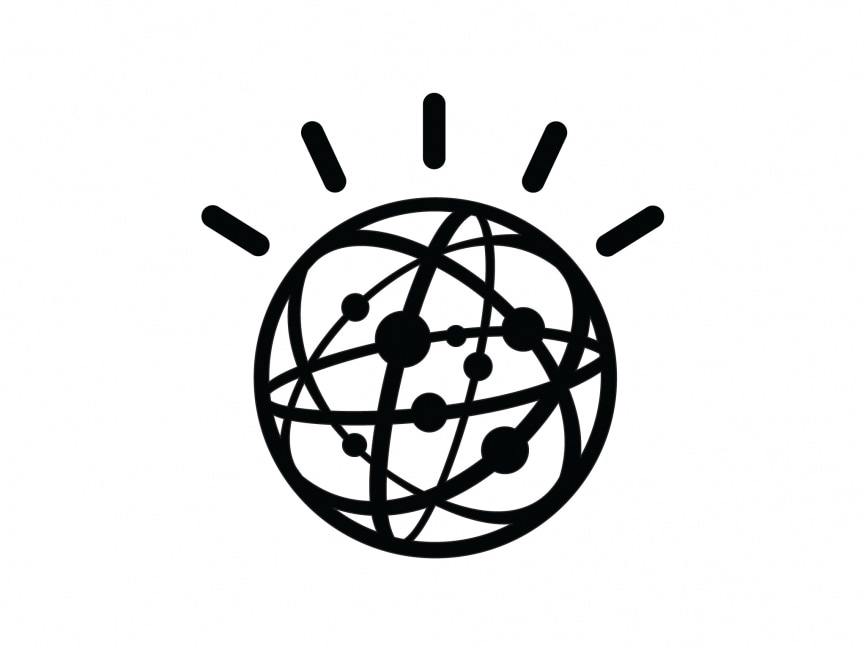
Overview
IBM Watson is a large range of analyzing text and technologies that involve natural language processing, visual recognition, and artificial intelligence. It is specially designed for the enterprise level, so it possesses a powerful security system, as well as the ability to increase the capacity if necessary.
Key Features
Comprehensive AI Services: A variety of AI features are in it things as NLP, visual recognition, machine learning, and so forth.
Cloud-Based Platform: This is available at IBM Cloud which makes it easy to deploy to as many instances as one wants and scale to the required capacity.
Robust Security: Helps to achieve high-security standards of the enterprise and compliance with different data protection laws.
API Integration: It is easy to integrate with the prevailing enterprise systems and applications in the organization.
Watson Studio: Provides an environment for building, training, and deploying AI models and supports different data science tools.
Use Cases
Customer Service: Improves customer care services through the use of AI mainly in the form of chatbots and virtual assistants.
Healthcare: Aids in knowledge discovery, identification of the sickness, and tailored therapies.
Financial Services: It assists in cases of fraud, and risk and provides custom advice on users’ financial situations.
Legal Research: The research shows are faster and more genuine.
Insurance: Speed up insurance processes by leveraging experts to assess risk and serve customers faster.
Benefits and Challenges
Benefits
Scalability: This is useful for integration in large-scale applications, thanks to the scalability of processing data by the machine.
Enterprise Integration: Fully integrates with other business workflows and utilizes existing IT systems without causing disruptions.
Security and Compliance: Offers good protection and conformity to industry standards to offer protection to their data.
Advanced Capabilities: This leverages IBM’s research and development to provide the latest in artificial intelligence technologies.
Customization: Enables the creation of AI solutions that provide solutions for a business in the context of the organization’s goals and objectives.
Challenges
Complexity: The number of features and functions can be quite impressive and at the same time rather intimidating, especially for an inexperienced user.
Cost: High costs of enterprise-grade AI solutions and cloud services.
Implementation Time: This process is somewhat lengthy especially in terms of the deployment and integration processes, especially in massive organizations.
Data Privacy: Huge amounts of data especially when they are sensitive present their own handling and protection issues.
Resource Requirements: Requires considerable computation capabilities time, and manual effort to get the best of it.
5. Runway ML
Overview
Runway ML is specially designed for Research and technologies in Generative AI. The Company right now is fully focused on making products and models that can easily generate images, videos, and multimedia content just like ChatGPT and Dall-E.
Key Features
AI Tools: Runway ML gives a wide variety of tools to generate images and videos.
Pre-Trained Models: Time-efficient in that many pre-trained models are provided in the framework to eliminate prior customization.
User-Friendly Interface: One of the main features, that make it possible to state that models can be easily used for interaction even if the user does not possess enhanced programming abilities, is the use of a drag-and-drop feature.
Text-to-video generation: It has a feature where you write your content and on that basics, it will create a video of it.
Use Cases
Image Generation: Generative AI Models can easily generate Complex images for Realistic image
Video Editing: The best part about it is that if you want to hide anything from video it will make it possible without degrading the quality and cutting part of that video.
Education: This AI Tool can be used for creating informative and educational videos that are interesting and help the viewers gain knowledge.
Music Composition: This AI tool is beneficial for music artists as they can create or compose tunes or generate new ones and enhance their music quality.
Benefits and Challenges
Benefits
Accessibility: This Generative AI tool can be used by all the person if they know how to program or not it doesn’t matter.
Speed and Efficiency: It helps create work in an optimum fashion by eliminating inappropriate work procedures.
Versatility: Suitable for many arts-related initiatives, thereby making it possible for many great arts-related innovations to be adopted across different fields.
Cost-Effective: The use of this approach reduces the demand for highly advanced technical personnel as well as expensive equipment used in AI, hence the reduction of the costs of implementing this technology.
Challenges
Model Limitations: The pre-trained models may not have some specific features that may be required for the project thus they need to be trained.
Performance Variability: Using them can also lead to generated outputs of varying quality meaning that they would have to be fixed by the user.
Learning Curve: Despite that, it is user friendly which can be an obstacle to some users who are unaware of the principles of artificial intelligence.
Resource Intensity: To train own model or work on a large-scale project, a huge number of computations can be needed.
